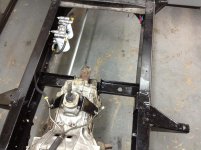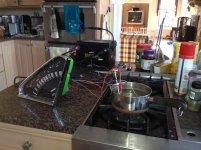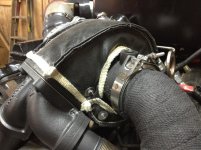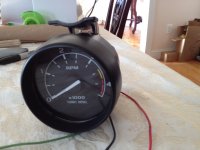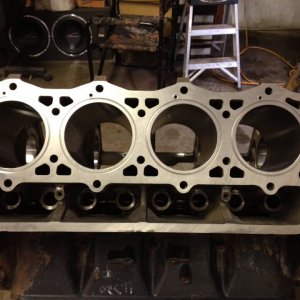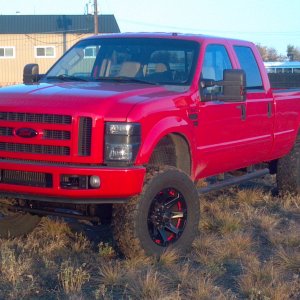markfuga
Member
I have several items “in progress” and can’t seem to bring any single one to completion. I started the fuel system this week and have good enough progress to post so here are some pictures of where I’m at. I plan to pull the tank this weekend and give it the Por 15 restoration treatment so final connections will wait until that’s completed.
I made a simple bracket to mount the pump to the frame and another simple bracket for the filters. I abandoned the front steel lines because there’s no space to access that area (lower front of engine) after the body is set down on the frame. Instead, I made a new pair of steel lines to exit under the turbo, down the center of the transmission bell housing and off each side of the transmission case. Passenger side line will be the supply and the driver’s side is the return to the tank. I made a pair of matching brackets to bolt onto the transmission to support the lines as they transition to rubber lines over to the frame. I had some left over fiberglass sleeve from another project so I used it here since the lines pass under the hottest part of the turbo. Albeit, the new lines pose an issue if I want to remove the transmission for service, but I’ll deal with that when/if the time ever comes.
I made a simple bracket to mount the pump to the frame and another simple bracket for the filters. I abandoned the front steel lines because there’s no space to access that area (lower front of engine) after the body is set down on the frame. Instead, I made a new pair of steel lines to exit under the turbo, down the center of the transmission bell housing and off each side of the transmission case. Passenger side line will be the supply and the driver’s side is the return to the tank. I made a pair of matching brackets to bolt onto the transmission to support the lines as they transition to rubber lines over to the frame. I had some left over fiberglass sleeve from another project so I used it here since the lines pass under the hottest part of the turbo. Albeit, the new lines pose an issue if I want to remove the transmission for service, but I’ll deal with that when/if the time ever comes.









